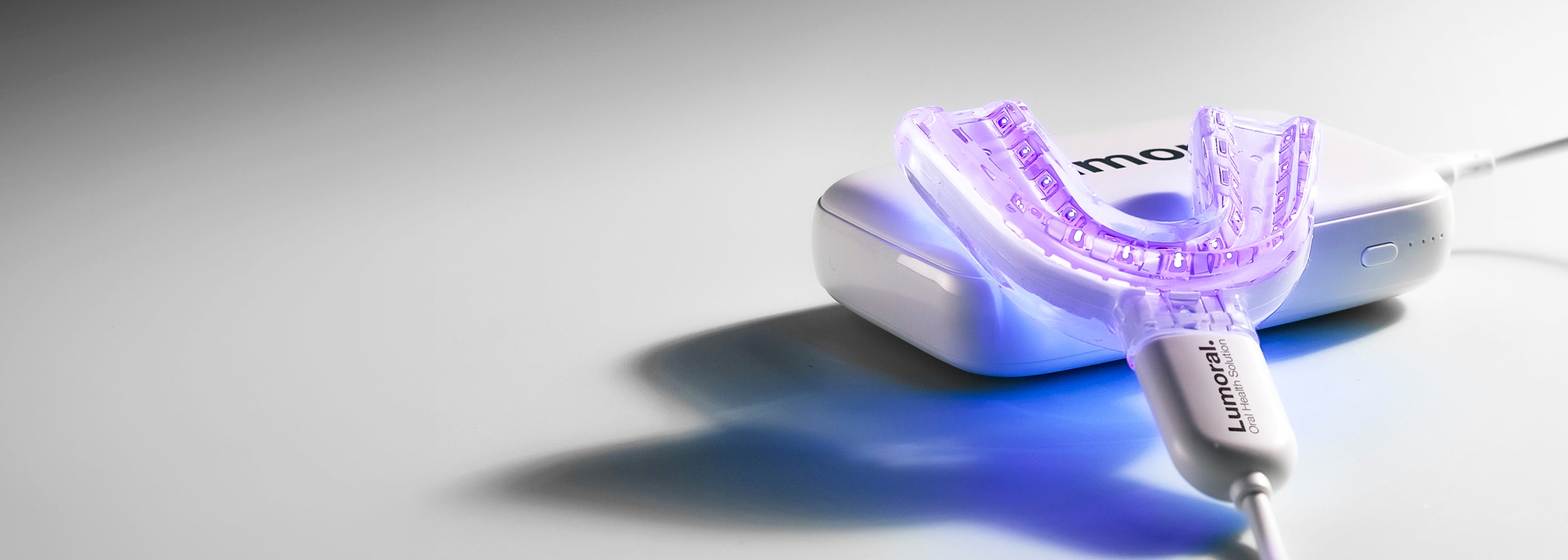
International Journal of Biomedical Imaging | Volume 2012 | Article ID 940585 | 26 pages | https://doi.org/10.1155/2012/940585
Jarmo T. Alander,1 Ilkka Kaartinen,2 Aki Laakso,3 Tommi Pätilä,4 Thomas Spillmann,5 Valery V. Tuchin,6,7,8 Maarit Venermo,9 and Petri Välisuo1
Academic Editor: Guowei Wei
Abstract
The purpose of this paper is to give an overview of the recent surgical intraoperational applications of ICG fluorescence imaging methods, the basics of the technology, and instrumentation used. Well over 200 papers describing this technique in clinical setting are reviewed. In addition to the surgical applications, other recent medical applications of ICG are briefly examined.
Introduction
Fluorescence Imaging (FI) is one of the most popular imaging modes in biomedical sciences for the visualisation of cells and tissues both in vitro and in vivo [1]. The benefits of FI include
- High contrast, that is, signal to noise ratio (SNR): only the target, not background, is visible because separate wavelengths are used for illumination and recording,
- High sensitivity: extremely small concentrations can often be made visible,
- Gives molecular information: makes some (bio) chemistry spatially and temporally visible,
- Great tools for research: several possible imaging modes, most of which are unique,
- Cheap: the optical instrumentation and computing needed are quite simple,
- Easy to use: resembles classical staining.
Fluorescent imaging is a relatively recent imaging method and thus still developing in many ways. This is especially true for ICG imaging in its new clinical applications recently proposed in various branches of surgical medicine, although it has been used in some clinical applications routinely already for almost sixty years. Thus, ICG is well known in its established clinical applications, which greatly facilitates its introduction to new applications. From an engineering point of view, image and video processing seems to be among the main areas in which ICG imaging (ICGI) has potential for major developments, for example, for analysis of ICG fluorescence dynamics [2] (cf. Figure 2). This means, among other things, that a lot of computing development work is still needed for a broader acceptance of various emerging ICG-based medical imaging methods [3].
4.8.1. Photodynamic and Photothermal Therapy
When an ICG molecule is excited, it can further transfer energy to other molecules. When exciting oxygen, ICG turns out to be a photodynamic therapy agent. In principle, for example, after having been used to reveal lymph nodes a strong illumination with NIR light could be used to destroy metastatic nodes. ICG binds easily to tissue even at high concentrations, and the visual change in colour from green to orange is manifested by the wavelength shift in reflectance peak. ICG has been used in vitro laser-assisted fat cell destruction, which might give a new optics-based procedure for cosmetic surgery [239].
Similarly, ICGA can be used as a light-activated antibacterial agent (LAAA), for example, in wound healing [234], or treating chronic rhinosinusitis [240] with near-infrared laser illumination (NILI). It was shown recently that the photodynamic effect can be used for acne treatment [241–243]. Nevertheless, many problems have to be solved in order to design optimal technology for acne treatment without side effects.
Through intense light (laser) irradiation a number of new effects can be provided, which lead to more effective bacteria killing and controllable cell destruction and/or inhibition of excessive synthesis of sebum in sebocytes, like the localised photodynamic effect based on the appropriate concentration of the suitable exogenous dye incorporated into hair follicle or any other skin appendages. ICG is one of the prospective exogenous dyes for soft photodynamic treatment (PDT).



